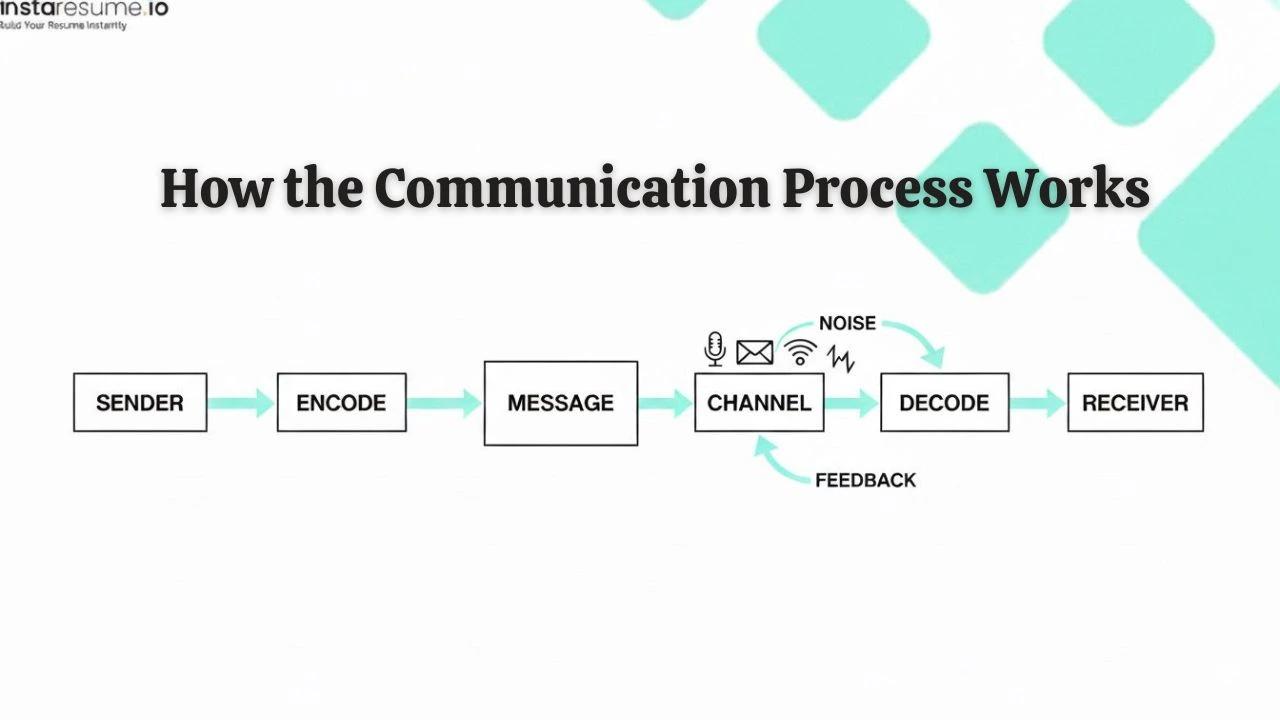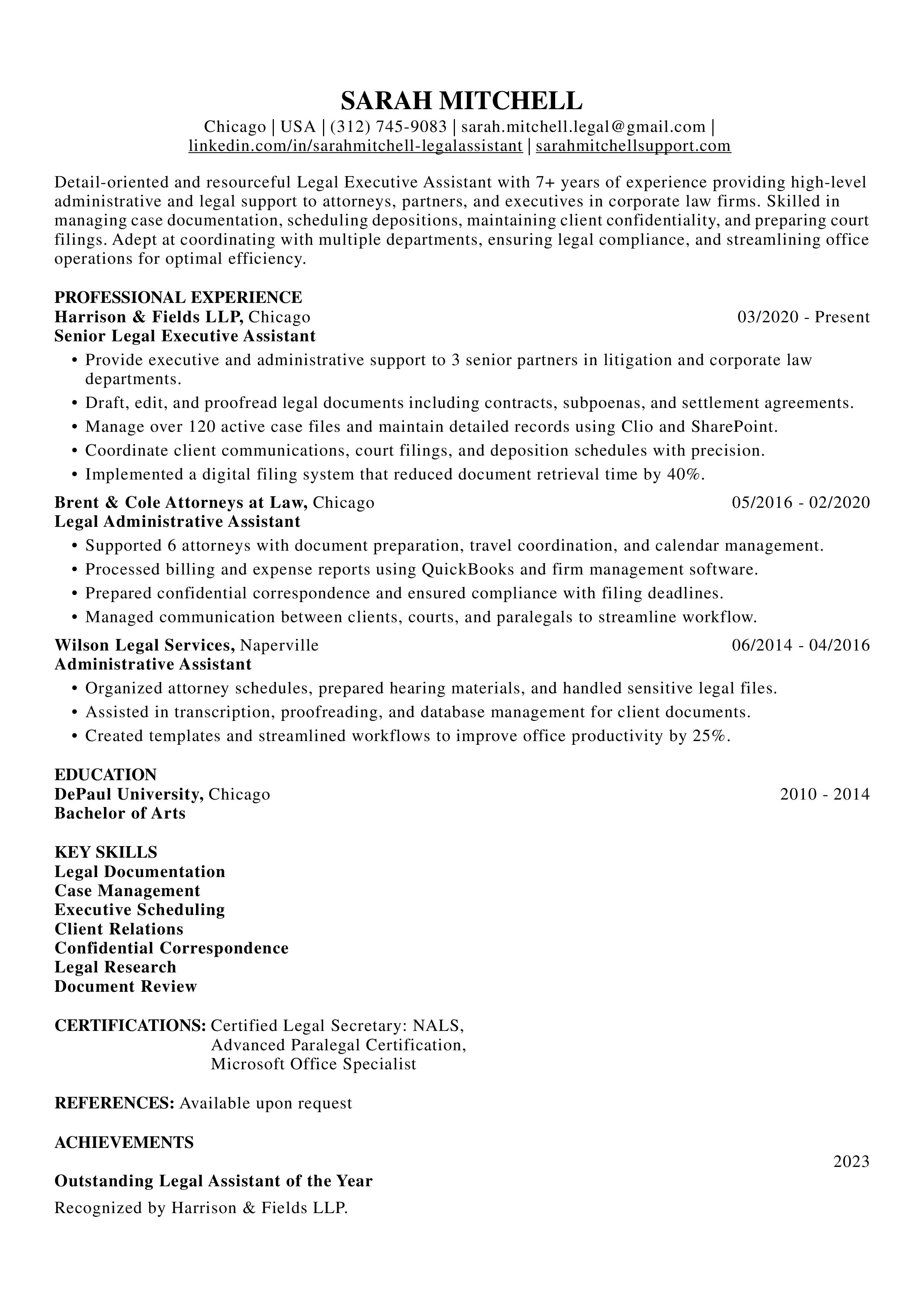How the Communication Process Works with Proper Examples
Trust Score: 4.8
355 reviews

Table of Contents
Introduction — Why the communication process matters
Communication is the foundation of every form of interaction, whether it takes place in personal relationships, academic discussions, workplace collaboration, or public conversation. The communication process refers to the systematic flow of how a message is created, transmitted, received, interpreted, and responded to. Understanding this process is essential because communication is not just about speaking; it involves clarity of thought, appropriate expression, attentive listening, and mutual understanding. When any stage in the communication process is disrupted, misunderstandings occur, which can lead to conflict, emotional distance, incorrect decisions, and reduced productivity.
In professional environments, effective communication supports teamwork, builds trust, strengthens leadership, and ensures that tasks are completed accurately. In daily life, it helps individuals express feelings more clearly, resolve disagreements respectfully, and maintain healthy relationships. Developing strong conversation skills, including both verbal communication and nonverbal communication cues, allows people to share ideas coherently and interpret the meaning behind others’ messages more accurately.
Learning how the communication process works empowers individuals to become more intentional with their words, more aware of the channels they choose, and more attentive in offering meaningful feedback. By understanding this process step-by-step, anyone can improve how they engage in conversations and create interactions rooted in clarity, empathy, and respect.
Key components of the communication process
The communication process includes several core components that work together to ensure that a message moves clearly from one person to another. Understanding these elements helps improve conversation skills, reduce confusion, and make both verbal and nonverbal communication more effective. Each component affects how accurately the meaning is shared and interpreted.
Sender
The sender is the person who begins the communication. They generate the idea or information and decide to share it. The clarity of the sender’s thought directly influences the quality of the message.
Message
The message is the actual information, idea, or feeling that the sender wants to express. It can be shared through spoken words, written text, visuals, or gestures.
Encoding
Encoding is the process of converting the idea into understandable language, tone, body language, or symbols before sending it. Good encoding ensures that the message matches the sender’s original intention.
Channel
The channel refers to the medium through which the message is transmitted. Examples include face-to-face conversation, email, phone call, video call, chat apps, and written letters. Choosing the right channel improves clarity.
Receiver
The receiver is the person who receives the message. Their background, attention level, and emotional state affect how they interpret the communication.
Decoding
Decoding involves interpreting and understanding the message. This is influenced by the receiver’s experiences, culture, language ability, and perception. Miscommunication often happens during decoding.
Feedback
Feedback is the receiver’s response to the message. It can be verbal, like asking a question, or nonverbal, like nodding. Feedback completes the communication cycle by confirming understanding.
Noise
Noise refers to anything that disrupts the communication process. It can be physical (loud sounds), emotional (stress), technical (poor internet connection), or semantic (unclear wording). Reducing noise improves communication accuracy.
Context
Context is the environment or situation in which communication occurs. It includes physical setting, cultural background, relationship between participants, and the tone of the conversation. Context influences how the message is interpreted and responded to.
How the communication process works
The communication process works as a continuous cycle of sending, delivering, receiving, and responding to a message. It begins when the sender forms an idea and decides to communicate it. This idea is then encoded into words, tone, and nonverbal signals before being sent through a chosen channel such as face-to-face conversation, email, phone call, or a messaging platform. Once the message reaches the receiver, they decode it based on their understanding, background, and perception. Finally, the receiver provides feedback to show whether the message was understood as intended. Throughout this process, context and possible barriers play a major role in shaping the final meaning of the interaction.
Step-by-step explanation of how the process flows
Step 1: The sender forms the idea
The sender starts with a thought, feeling, or intention that needs to be communicated.
Step 2: Encoding the message
The sender translates the idea into spoken words, written text, gestures, tone, or other forms of verbal and nonverbal communication.
Step 3: Selecting a communication channel
The sender chooses the most suitable medium, such as a meeting, voice call, text message, email, or social media platform.
Step 4: Delivering the message
The message is transmitted through the chosen channel. The clarity and timing of delivery affect how well the receiver understands it.
Step 5: Receiving the message
The receiver hears, reads, or observes the message. Their emotional state, level of attention, and environment affect reception.
Step 6: Decoding the message
The receiver interprets the message based on their knowledge, perception, language skills, and personal experiences.
Step 7: Providing feedback
The receiver responds through words, expressions, body language, or actions. Feedback helps confirm whether the message was understood correctly and completes the communication loop.
Why understanding this process matters
Understanding how the communication process works improves clarity, reduces misunderstandings, strengthens relationships, and supports effective communication in both personal and professional settings. It allows individuals to choose better wording, select the right communication channel, listen more actively, and respond more thoughtfully in conversations.
Types of noise in the process of communication
Noise refers to any disturbance or interference that affects how a message is sent, received, or understood. Noise can occur at any stage of the communication process and may lead to misunderstanding, confusion, or incomplete message interpretation. Understanding the different types of noise helps improve effective communication by identifying what disrupts clarity and how to reduce it.
Physical noise
Physical noise comes from external environmental factors that disrupt hearing or attention. These are real, tangible sounds or conditions that interfere with message delivery.
Example
Quick tip to reduce
Choose quieter environments or use noise-cancelling tools during important conversations.
Physiological noise
Physiological noise refers to physical or biological conditions in either the sender or receiver that affect communication.
Example
Quick tip to reduce
Pause communication when discomfort is high and resume when the mind and body are more focused.
Psychological noise
Psychological noise involves emotions, attitudes, personal biases, and mental distractions that affect how a message is interpreted.
Example
If someone is angry or stressed, they may misinterpret a neutral message as criticism.
Quick tip to reduce
Take a moment to recognize emotional state before responding, especially in serious or sensitive conversations.
Semantic noise
Semantic noise occurs when the meaning of the message is unclear due to language issues, jargon, unfamiliar terminology, or ambiguous phrasing.
Example
A medical professional uses technical jargon that a patient cannot understand.
Quick tip to reduce
Use simple, clear language and check understanding by asking if clarification is needed.
Technical noise
Technical noise happens when communication technology fails or performs poorly, affecting message delivery.
Example
Weak internet connection during a video meeting leads to audio lag and message loss.
Quick tip to reduce
Test communication tools beforehand and have backup channels such as phone call or chat.
Cultural noise
Cultural noise results from differences in cultural background, beliefs, values, or communication styles.
Example
A gesture that is respectful in one culture may be misunderstood in another.
Quick tip to reduce
Test communication tools beforehand and have backup channels such as phone call or chat.
By recognizing these types of noise, individuals can take active steps to reduce barriers, enhance clarity, and create smoother, more effective communication.
Communication barriers
Communication barriers are obstacles that interfere with the clear exchange of information between a sender and a receiver. These barriers can appear in personal conversations, workplace communication, or digital interactions, and they often lead to misunderstanding, confusion, or incomplete interpretation of the message. Identifying communication barriers helps improve conversation skills, strengthen relationships, and support more effective communication.
Physical barriers
Physical barriers occur in the environment and prevent smooth message flow.
Example
Quick tip
Improve the environment by reducing distractions, ensuring proper seating, or using reliable communication tools.
Language barriers
Language barriers arise when the sender and receiver use different languages, vocabulary levels, or technical terms.
Example
Quick tip
Emotional barriers
Emotional barriers come from personal feelings, stress, fear, or anxiety that affect how the message is sent or received.
Example
Quick tip
Cultural barriers
Cultural barriers happen when cultural differences influence interpretation of gestures, tone, or behavior.
Example
Quick tip
Perceptual barriers
Perceptual barriers occur when individuals interpret the same message differently due to past experiences, beliefs, or expectations.
Example
Quick tip
Organizational barriers
Organizational barriers appear in workplaces due to hierarchy, rules, communication channels, or unclear reporting structures.
Example
Quick tip
Technical barriers
Technical barriers result from issues with tools, devices, software, or communication technology.
Example
Quick tip
Attitudinal barriers
Attitudinal barriers arise from personal mindset, lack of interest, ego, or unwillingness to listen.








